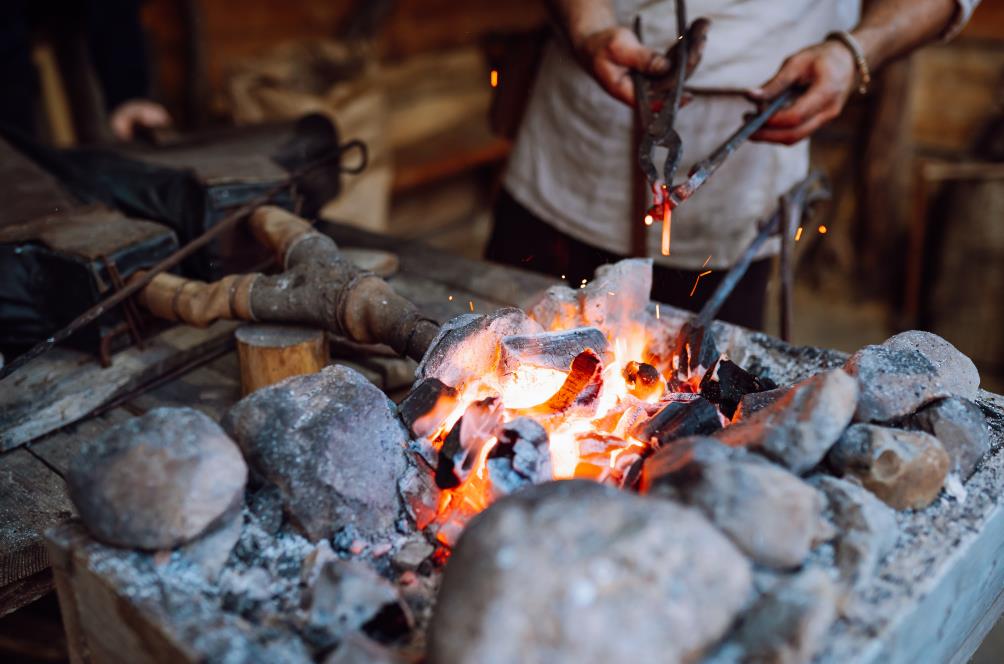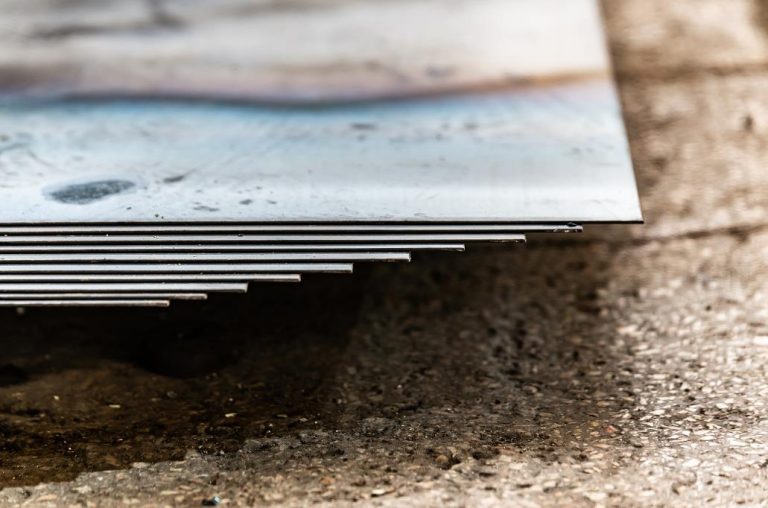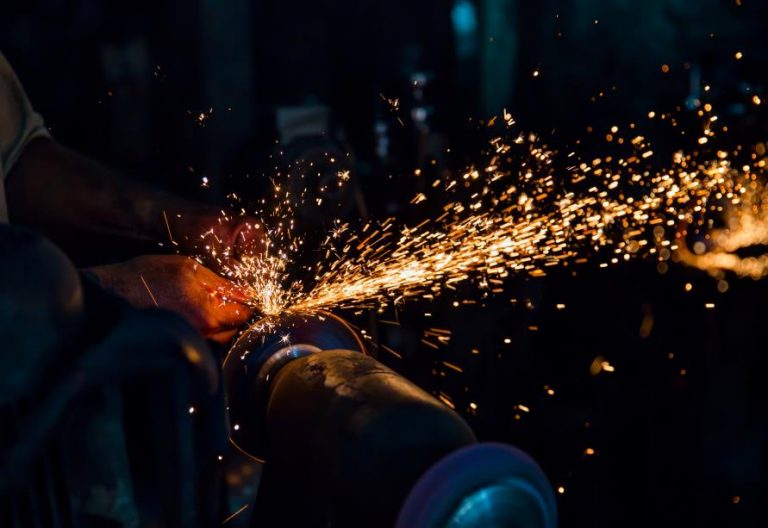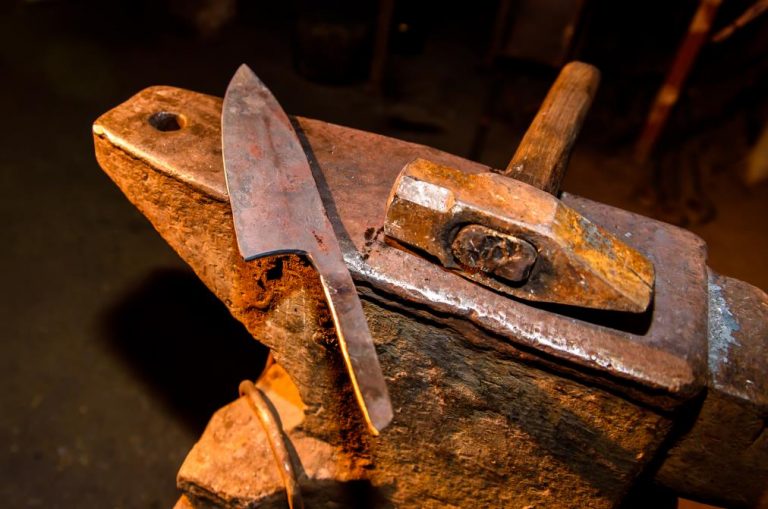VG 10 steel, also known as V Gold 10 or in its Japanese name V-Kin-10 (kin means “gold”). It is a popular and high-end Japanese stainless steel commonly used as a knife blade material.
This high-quality steel is a prominent choice for kitchen knives due to its steel properties. But they are also used in other knife types such as survival knives due to their capacity to meet the needs of excellence.
In this article, we will discuss the making of VG 10 steel, its properties, uses, and a comparison with other high-end steels. So stick with us and find out all about VG 10 steel.
What is VG 10 steel?
VG 10 steel is designated by the Takefu Special Steel Co., Ltd. The company’s history and dedication enabled them to carry its knives as a legacy today.
Takefu Special Steel started in 1954. They produce laminated metal sheets to serve original steel products for knives. In other words, they are a specialized company in producing knife steels. Although there are other knife steels they made, including the V series, we will not mention them too much in order not to go beyond the scope of the article.
VG 10 is a type of steel found in many kitchen knives produced in Japan. It has been regarded as the true gold standard in knife steel for over 60 years. Takefu Special Steel Company, with its growing international presence, looks forward to many more years of success and wears its legacy like a medal of honor.
Buy Wholesale Knives and Start Scaling up with Us Today
Contact us and connect with a sales rep to get a free quote.
VG 10 steel composition
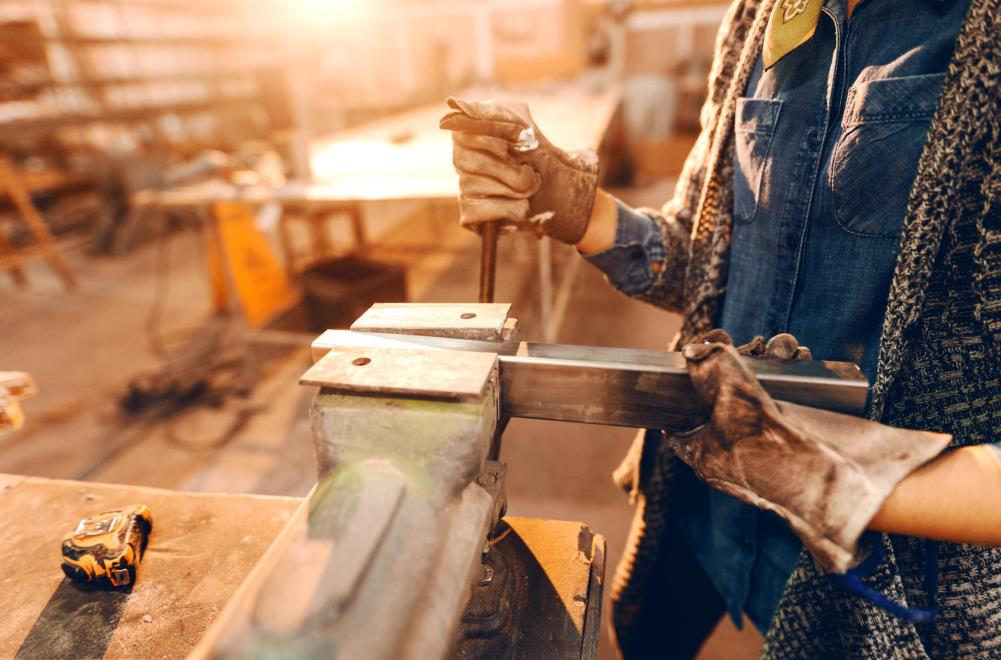
VG 10 is classified as stainless steel with high carbon content. Composition of VG 10 is in the range of 0.95-1.05% Carbon (C), 14.5-15.5% Chromium (Cr), 0.9-1.2 % Molybdenum (Mo), 0.1-0.3 % Vanadium (V), 1.30-1.50 % Cobalt (Co) and very small amounts of Manganese (Mn) and Phosphorus (P).
This composition range is one of the keys to its features. Let’s take a look at the effects of these elements on VG 10’s features.
Alongside Fe, carbon is the essential element in forming steel. As the content of the C increases tensile strength, hardness, edge retention, and resistance to wear and abrasion increase. Brittleness increases as a consequence of hardness. Another effect of the existence of C is, Carbide precipitation occurs due to C interaction with less electronegative elements. The existence of carbides makes steel a lot harder.
Chromium Content is above 13%. This makes VG 10 stainless steel. This element forms an oxide layer on the blade’s surface to protect it. Cr Increases the hardness, tensile strength, edge retention, and toughness of the blade by forming chromium carbide.
The most remarkable element addition in VG 10 is Cobalt. Cobalt is usually added to steels for hot hardness, which means it enables the knife to operate in high temperatures while maintaining hardness.
Mo and V form hard carbides as well. This chemical formation complements other additional effects. Carbide formation also enhances corrosion resistance and strengthens the matrix. Additionally, P, V, and Mo elements increase strength.
Main features of VG 10 steel as a knife metal
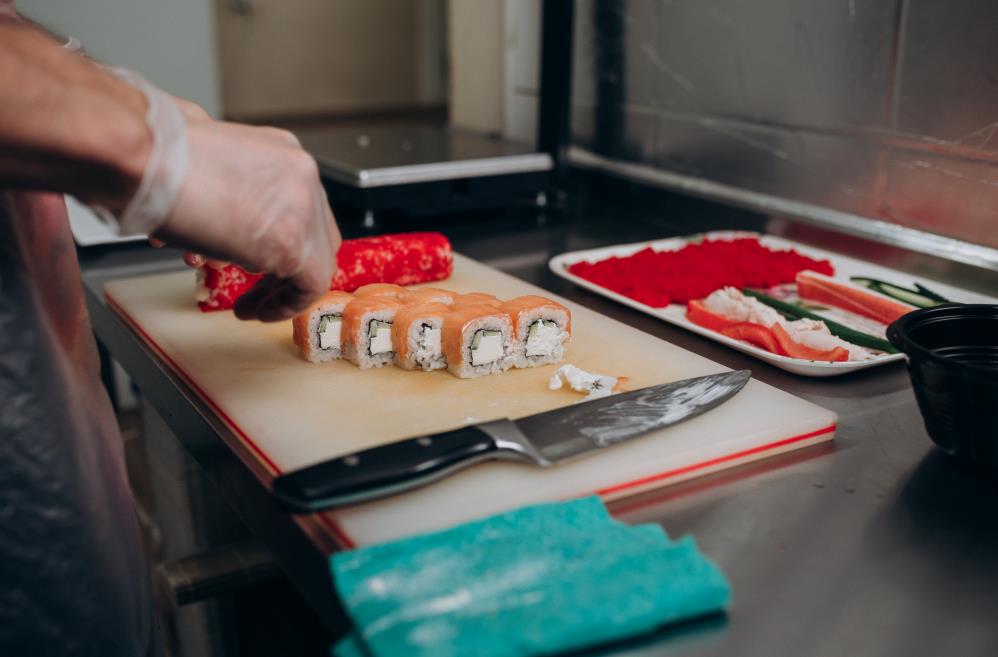
Hardness
Although different hardness ranges are given for the VG 10, the hardness specified by its designer, Takefu Special Steel, is expressed as HRC60≦ in Rockwell Hardness. This is a range that can be considered very hard. The matrix created by the hard carbides also causes the hardness of the material. Heat treatments applied in the production of the blades also can increase the hardness.
Toughness
Toughness refers to a material’s capacity to absorb energy and deform plastically without cracking. In most cases, when steel is harder it is usually less tough. However, this steel is an exception in this case. Even though VG 10 is hard, it also has high toughness due to the high chromium content. High toughness prevents blades from breaking or chipping.
Wear resistance
The steel’s wear resistance refers to its capacity to tolerate abrasive and adhesive wear. Steel with bigger carbides tends to be more resistant to wear. Again, the carbide structure of VG 10 affects the feature of the knife and improves wear resistance.
Edge retention
Edge retention in a knife is resistance to the diminishing effects of mechanical, thermal, and chemical impacts. In other words, it keeps an edge. This is an important feature to a knife that determines how often it needs to be sharpened. VG 10 knives have excellent edge retention.
Thanks to its good machinability, VG 10 steel can be brought to desired geometries and keeps it. It might be relatively easy to sharpen a VG 10 knife considering its high wear resistance and it is definitely easier than sharpening a ceramic blade.
Corrosion resistance
VG 10 is stainless steel due to its high Cr content. As a result, it is not prone to rust. This means it is suitable for kitchen knives where it is necessary to work with wet ingredients. However, it does not mean that it will never corrode. Careful use is always better.
User friendliness
It is obvious that a sharp and hard knife is easier to use for someone who has used a knife even once. Sure, we can’t say it’s safer! However, the user preference from the kitchen to survival knives shows that the VG 10 can be counted as a user-friendly steel.
The uses of VG 10 steel
VG 10 is a steel produced to make blades. In fact, the producer of this steel Takefu Special Steel, defines itself as “one of the original steelmakers in Japan, to widely supply original steel products for knives”.
As kitchen knives
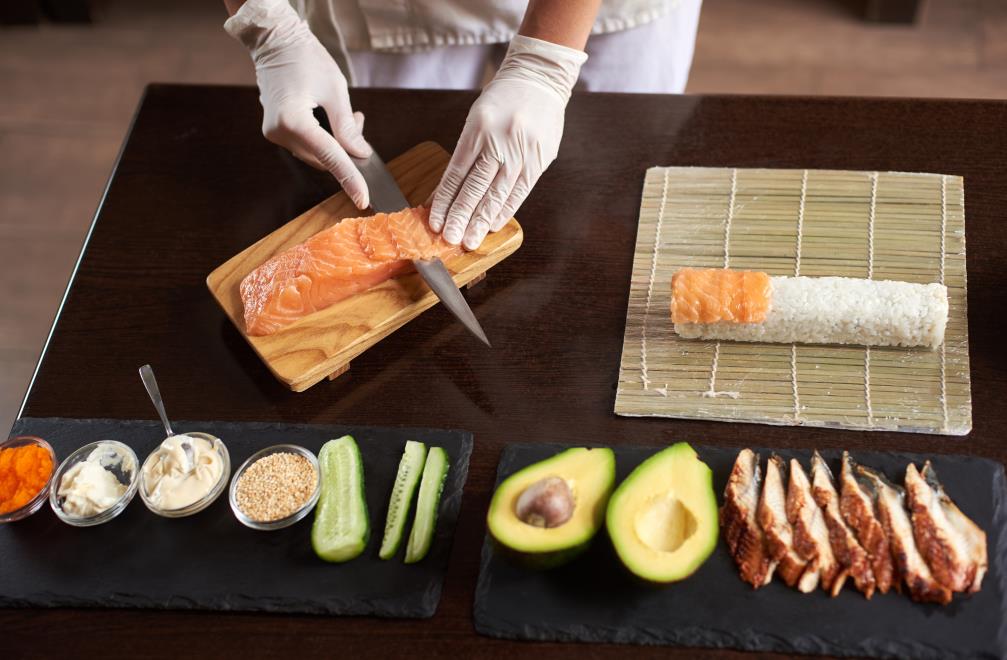
VG 10 steel makes some of the most popular kitchen knives. A handful of Japanese brands choose VG 10 to manufacture their star products.
Pros
- Corrosion resistance is a big pro when it comes to kitchen knives.
- Sharpness and hardness make it easier to use. Less wrist strength is required due to these features.
- Since it has a structure that does not break easily, it is suitable for many applications such as chopping, carving, and cutting.
- Wear resistance, corrosion resistance, and edge retention contribute to the longevity of the blade.
Cons
- VG 10 in general is not dishwasher safe. It might require a hand wash for long-term usage.
- It is a high-end steel, thus much pricier than regular kitchen knives.
- It is corrosion resistant but still rusting is a valid danger. To prevent corrosion, it will be useful not to leave it damp and to lubricate it from time to time.
As survival/pocket knife
The fact that it is more known as a chef’s knife, doesn’t make it a less preferable survival/pocket knife. The fact that VG 10 is stainless-clad steel plays a big role here. Some advantages and disadvantages of VG 10 as a survival knife are listed below.
Pros
- It is corrosion resistant. This makes the VG 10 blades ideal for moisture-intensive industries such as fishing.
- Its hardness and wear resistance enable it to resist deforming under applied stress or chemical influence. This is a big advantage for outdoor activities.
- It is easier to cut with sharp blades. So, a sharp knife-like VG 10 can be used to cut or even carve hard materials like wood.
- High impurity steels break easily. Since VG 10 is a low impurity steel
Cons
- It is not easy to make custom blades with VG 10. While there are many types of VG 10 blades, it takes time for a bladesmith to learn how to work with them.
VG 10 steel vs other steel
- 440C is a popular stainless steel used in knives. The edge retention, sharpness, and toughness of VG 10 stainless steel knives are superior to 440C steel.
- S30V is one of the most popular pocket knife materials. Sharpness, edge retention, and corrosion resistance are all the same in VG 10 steel and S30V steel, but toughness is different, S30V steel is harder. S30V steel blades are the most similar to VG10 blades.
- 154CM is molybdenum-added stainless steel that is a variation of 440C. The 154CM knife is superior to the VG10 knife, although it is more expensive.
- D2 steel is another high carbon steel similar to the VG 10. D2 contains more carbon and it has a better toughness but VG 10 is superior in most of the other features.
VG 10 steel trends in knife market: should you invest?
VG 10 steel holds great opportunities for both survival and kitchen knives. This variability of areas makes it a good investment. Their price is higher than standard kitchen steel. However, it doesn’t matter to a professional chef and they certainly are a price-performance product with their gold level of quality.
Contact us today and start selling high-end quality knives with us. At LeeKnives, we provide a list of services for Dropshipping, wholesale, OEM and ODM to scale your business.
